 |
It
is not just relative size. Some small monkeys and rodents in percentage
terms have as large brains
relative to their bodies. The pygmy marmoset has a body of 140 g and a
brain of 4.5 g (3.2%) while a typical human might have a body of 79 kg
and a brain of 1.5 kg (2.1%).
|
 |
But
these high brain size to body size brains in small animals fail to take
into account allometrics--the fact larger animals generally have
smaller organs relative to their body size. Scientists use allometric
exponential calculations to take this into account to create an
encephalization index. So adjusted, humans do have large brains for our
body size. |
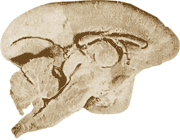 marmoset
brain marmoset
brain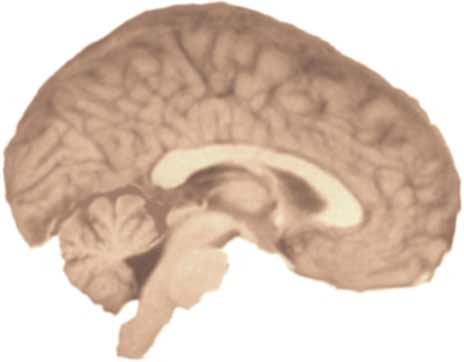
human brain |
Perhaps,
more importantly, and intuitive is that the large brains relative to
bodies or small animals are more subcortical than cortical.
In contrast, human brains are mostly cortical--higher brain.
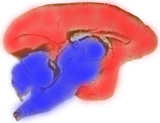
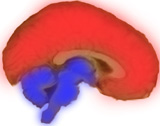
|
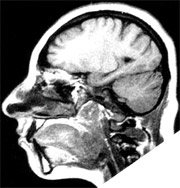
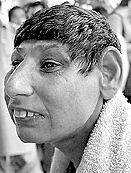 |
But even this does not explain our unique
smartness. Brain size variation in humans correlates only
modesty with
intelligence as measured by IQ. Indeed, the clinical literature
contains many
cases of humans (microcephaly, hemispherectomy) with normal levels of
IQ with brains around half that of most people.
|
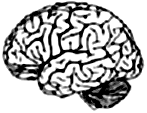



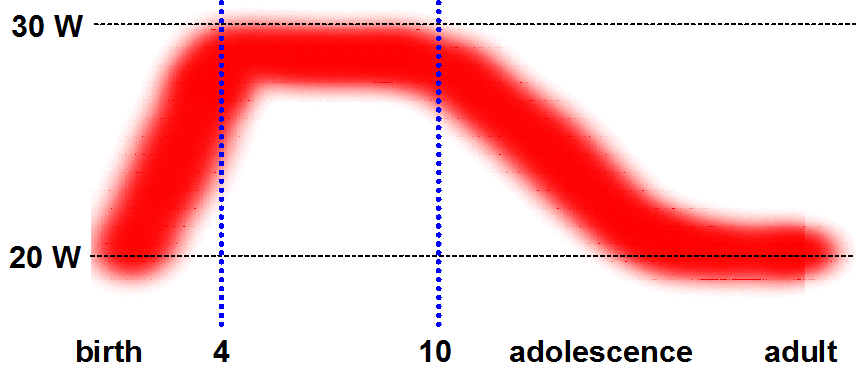






 marmoset
brain
marmoset
brain



